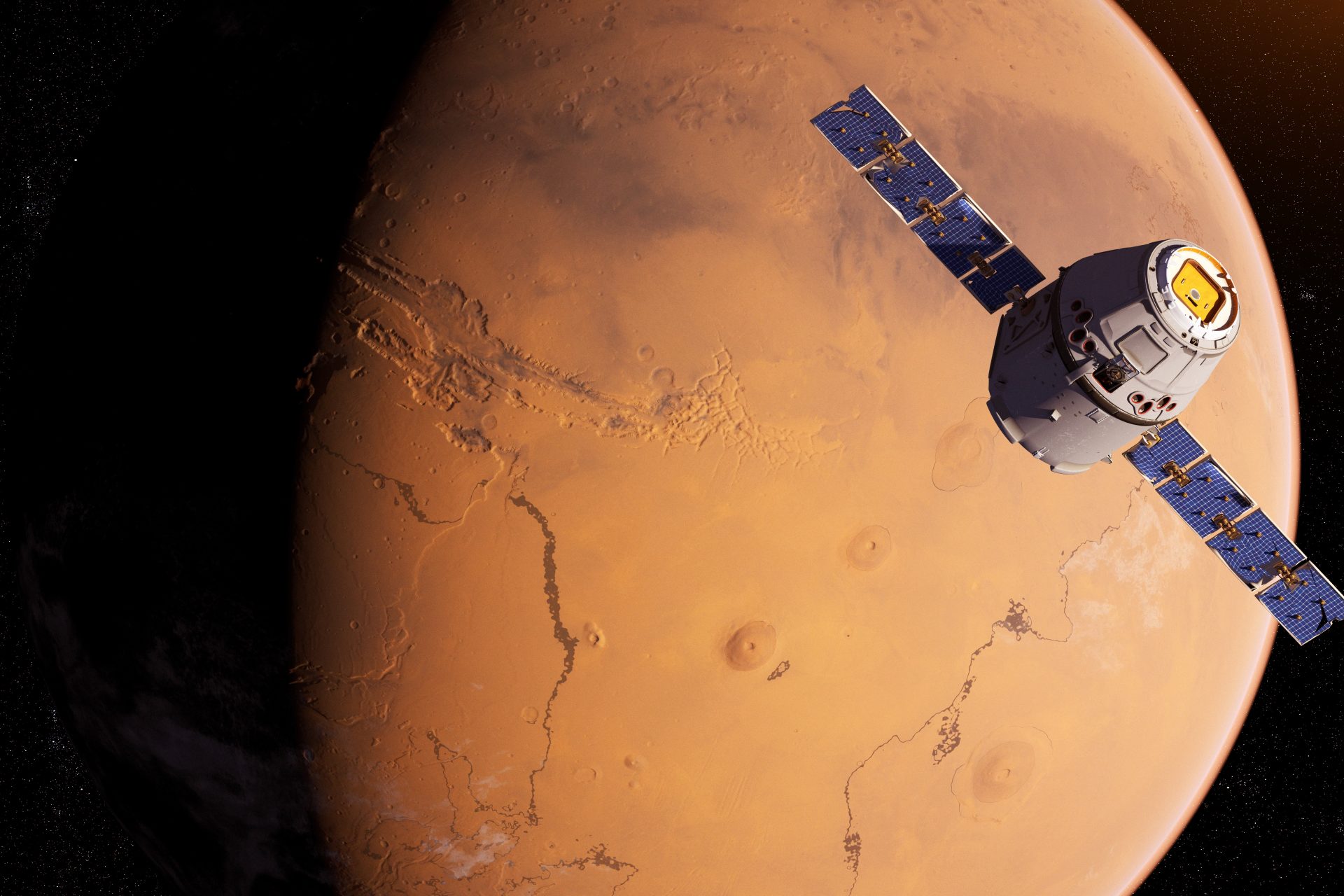Can solar energy from space be captured and used on Earth?
With the current Ukrainian War, the energy crisis in Europe has worsened even more. The electricity bills soared, and inflation hit record highs in many countries. In addition, winter's arrival increases energy consumption, which worries authorities, families, and companies.
The conflict between Russia and Europe does not seem to have an easy way out. Economic sanctions imposed by the European Union have the Russians threatening to cut off gas supplies, leaving Europeans without enough resources to guarantee heating in cold weather.
Because of this, the European plan appears to seek a new source of sustainable energy in space. This is the Solaris program.
In the photo, European ministers meet to discuss Europe's space strategy in Toulouse (France) in 2022.
According to Deutsche Welle, the President of the European Commission, Ursula von der Leyen, warns that "the energy crisis is serious and has entered a new phase." Ursula insists that "only a common European response can reduce energy costs for families and businesses and provide energy security for this and the coming winters."
But it wasn't just the war that boosted the Solaris program. Using fossil fuels to produce energy, such as coal and oil, is outdated. Climate change forces authorities to reduce carbon emissions to avoid global warming, so it is necessary to seek sources of clean energy.
Photo: Unsplash/arteum ro
Thus, the European Space Agency launched the Solaris program, which aims to capture the sun's energy to bring it to Earth.
Despite doubts about the project's feasibility, John Mankins, a former NASA physicist and expert in space solar energy, believes it is possible to put the program into practice.
Photo: Unsplash/Nasa
In an interview with the Financial Times, Mankins said he trusts the method: "The idea of harvesting sunlight in space and delivering it wirelessly to here on Earth."
Photo: Unsplash/nishaan ahmed
According to the same expert, the technology used in the program would work as follows: "So in space, you would convert in coming sunlight, usually with photovoltaic cells just like we do here on Earth, into electricity. That electricity would then be converted to microwave energy transmitted from antennas and sent in a coherent beam to a targeted location on Earth, and the microwaves would then be converted back into electricity."
Faced with this, many wonder if the solar rays that reach the Earth's soil would not be enough to satisfy our needs. In fact, according to Super Interessante magazine, Elon Musk, director of SpaceX, an aerospace systems company, said, "It's better to put solar panels on Earth."
However, sunlight at the top of the atmosphere is, on average, ten times more intense than at the Earth's surface. Also, we wouldn't depend on clear skies or good weather.
If launched into a high enough orbit, the satellite could receive light continuously, capture all the available solar energy, and transmit it to receiving stations.
On its official website, the European Space Agency mentions the project saying that the ESA already has the technology and knowledge to carry out the Solaris project. And it is a very worthwhile project as it could provide clean and safe energy to Europe and the world.
To give you an idea, the current telecommunications satellites that transmit TV signals from their orbit are basically energy transmission satellites. Solaris intends to use a similar technology, with the difference that, in this case, the orbiting satellite would have to be much larger.
This means that the great challenge is precisely to build and launch a satellite with a huge structure, as well as several receiver panels, on Earth.
Photo: Unsplash/zbynek burival
According to the ESA, a single solar-powered satellite in geostationary orbit could be more than a kilometer in length, and its ground receiving station would need to be more than ten times that size.
Even with these difficulties, its leaders are optimistic. ESA Director General Josef Aschbacher (pictured) believes that space-based solar energy is an important step towards carbon neutrality and energy independence for Europe.
If the scientists already have the basic knowledge to implement the program, but the plan is still on paper, how long will it take to build all the necessary technology and structures? It definitely will take more than a decade. However, if it means Europe can have safe and clean energy, it will surely be worth the wait.
Photo: Unsplash/noah buscher
More for you
Top Stories































